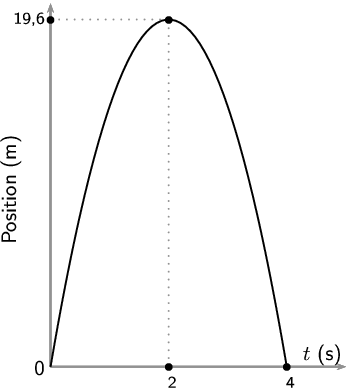Bit of a weird one, and I thought this is the best place to ask as it is under "fluid mechanics". Just as a note, Fluid mechanic related math goes way over my head so please keep the explanations simple(ish).
I need to work out an approximate inlet radius of a 100% liquidus metal flow when pouring it into a mould so I can accurately setup a casting simulation. Recently I have just been using a fixed value for this radius which I know isn't correct but I would like to get more accurate results.
If I have:
Average fill rate of 1.09 kg/s.
and a Cast Weight of 30kg
is there any way of working out the radius of the flow from this? let me know if you need anymore information.
I found a PDF: ( of an old paper looked into the viscosity of liquid metals if this is relevant?
Also, Is there a technical term for the stream flow radius that I am looking for so I can research more effectively?
Thanks,
Daniel
I need to work out an approximate inlet radius of a 100% liquidus metal flow when pouring it into a mould so I can accurately setup a casting simulation. Recently I have just been using a fixed value for this radius which I know isn't correct but I would like to get more accurate results.
If I have:
Average fill rate of 1.09 kg/s.
and a Cast Weight of 30kg
is there any way of working out the radius of the flow from this? let me know if you need anymore information.
I found a PDF: ( of an old paper looked into the viscosity of liquid metals if this is relevant?
Also, Is there a technical term for the stream flow radius that I am looking for so I can research more effectively?
Thanks,
Daniel

